Astronomical events for the month of January 2025
We start a new year with the monthly presentation of the most relevant astronomical events. We will try to launch new observational challenges to continue maintaining the enthusiasm and passion for knowing the Cosmos.
We begin by commenting on the reclassification of an asteroid and a planet as dwarf planets. We will tell you the date and time to appreciate the first meteor shower. Once again, we will have the opportunity to observe a close approach between the Moon and the Pleiades. Although conjunctions and close approaches between objects in the solar system are common, we almost never notice them, so we invite you to witness the close approach between Mars and the Moon. As a challenge for the month, we will have a unique opportunity to observe two open clusters, M41 and M47, located in neighboring constellations. Finally, to conclude this first month of the year, we present the corresponding phases of the Moon.
From asteroid to dwarf planet
On January 1, 1801, Italian astronomer Giuseppe Piazzi discovered a celestial object that was first in retrograde motion and then in direct motion, which led him to believe that he had discovered a new planet. He told his friend Barnaba Oriani, from Milan, but doubting his assertion he announced to Joseph Lalande (in Paris) and Johann Elert Bode (in Berlin) the discovery of a new "comet", which he would call Ceres Ferdinandea. In fact, Ceres, as it is currently known, was the first asteroid to be discovered in the asteroid belt between Mars and Jupiter, it is the largest, with a radius of 476 kilometers (one thirteenth of the Earth's radius) and with 25% of the total mass of the asteroid belt. It is located at a mean heliocentric distance of 2.8 astronomical units from the Sun, something like 22 light minutes.
At the General Assembly of the International Astronomical Union (IAU) on August 24, 2006, a reclassification of celestial objects belonging to the solar system was carried out, due to the discovery of the object Eris in 2003, which resembled Pluto, which is why the dwarf planet concept arose. There are currently 5 dwarf planets recognized by the IAU: Pluto, Ceres, Eris, Makemake and Haumea.
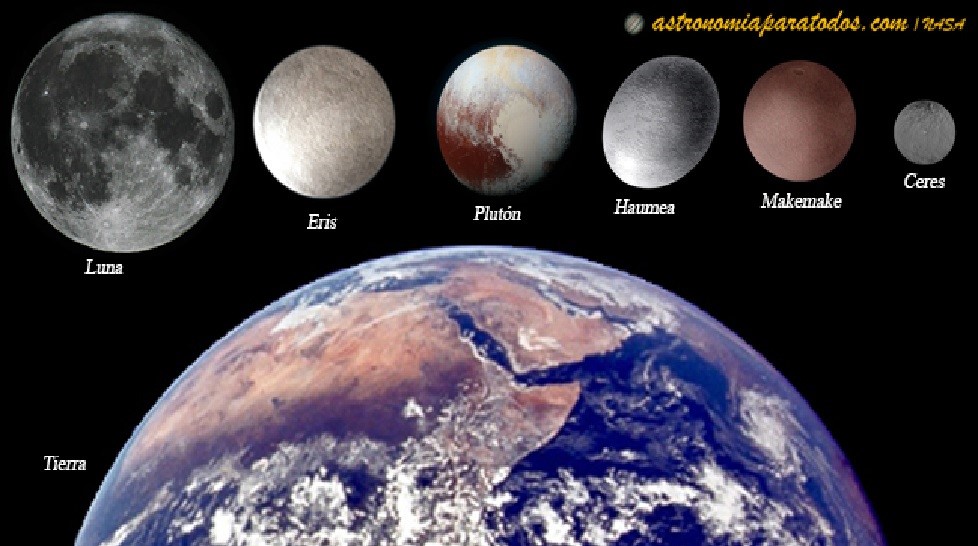
The first meteor shower of the year
Meteor showers are generated when the Earth moves through areas where comets have left debris in their wake, causing some of these rock and dust fragments to enter the atmosphere. The famous Geminids of December are a rare case, since this shower is caused by debris left by the asteroid 3200 Phaethon, discovered in 1983, and the comet C / 1490 Y1.
The first meteor shower of the year has its radiant, the place in the sky from where all the fugitives seem to emanate, in the direction of the constellation of Bootes. The so-called Quadrantids correspond to the first meteor shower of the year and is one of the most abundant. It is active between December 12 and January 12, with the best time being from the early hours of the 3rd, when it reaches its maximum number of events, which is expected to be 120 meteors per hour.
Remember that to observe a meteor shower you do not need any auxiliary optical instrument, only good weather conditions, good company and a lot of patience.
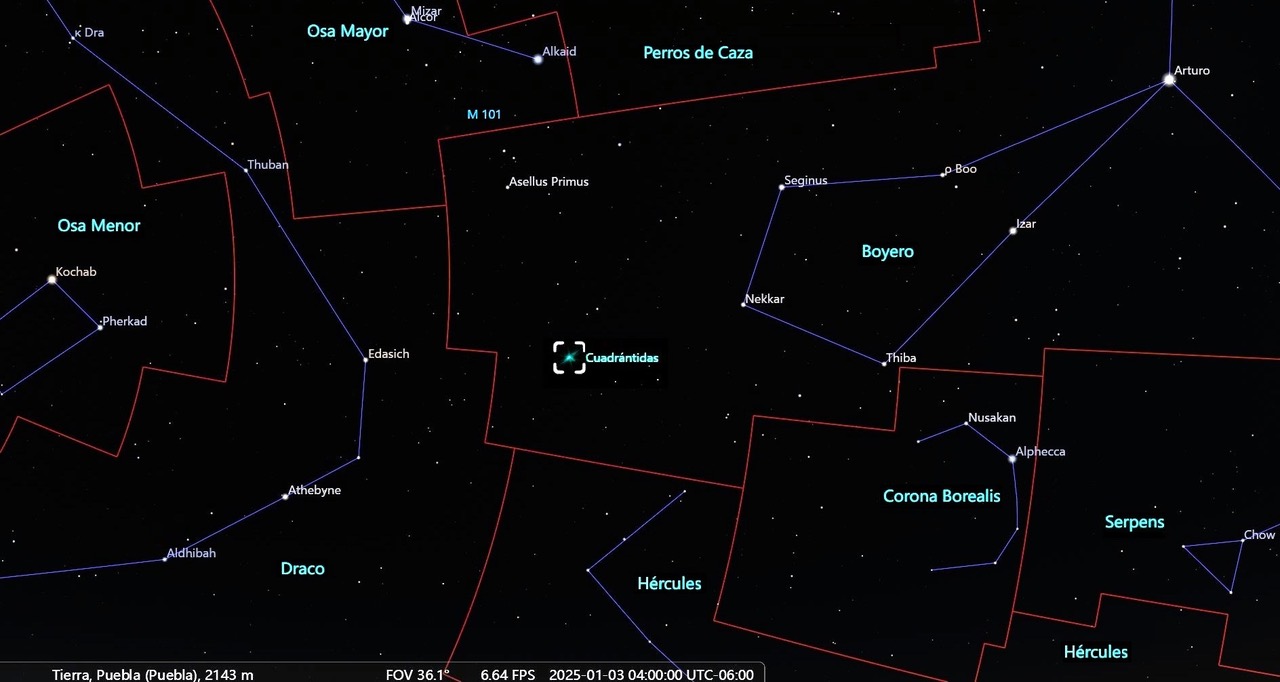
Selene visits the seven sisters
One of the traditional winter objects for the northern hemisphere is the spectacular open cluster of the Pleiades, also known as the seven sisters, the seven goats or, technically speaking, the Messier object M45, and that will be visited by Selene, our natural satellite, the Moon, with its closest approach at 7:39 p.m. on January 9, Central Mexico time, in the direction of the Taurus constellation.
The Moon will pass just 19.2 arc minutes from M45, without becoming an occultation, that is, the Moon will not completely cover the Pleiades region, but they will come close enough to be observed within the field of view of binoculars or a small telescope. If you do not have an auxiliary optical instrument, do not worry, you can track it with the naked eye.
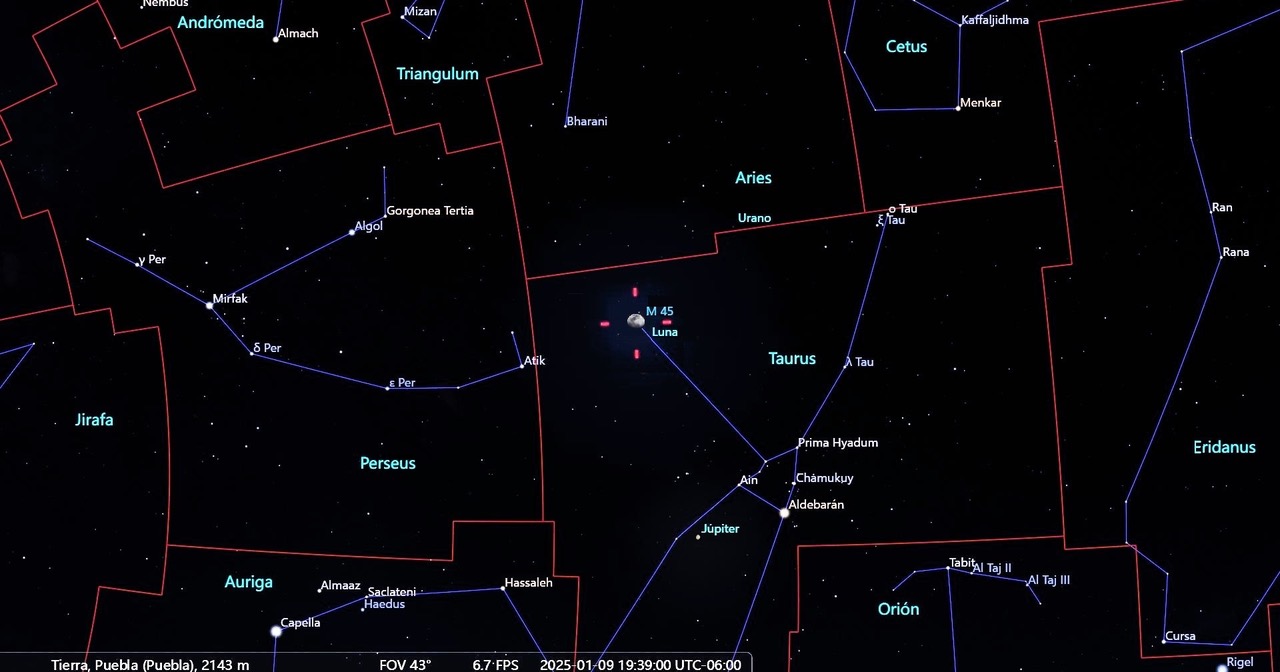
Mars raises its hand to be observed
On January 13, at 9:42 p.m. in central Mexico, we will have the conjunction of the Moon and Mars, that is, both celestial bodies share one of their celestial coordinates, the Right Ascension (RA), which sometimes causes a great apparent approximation between the celestial bodies. In this case, the Moon will pass just 13 arc minutes north of Mars, in the direction of the constellation of Gemini. In some areas of the national territory, the effect of Mars being hidden by the Moon will occur, that is, the lunar disk will completely cover Mars.
A couple of days later, Mars will be in opposition, that is, the Earth will be aligned between the red planet and the Sun, which allows us to observe the planet shining brightly (on this occasion, it will reach an apparent magnitude of -1.4), practically coinciding with its perigee, which occurred on January 12, with the planet at the minimum separation distance from the Earth, just 0.64 astronomical units away.
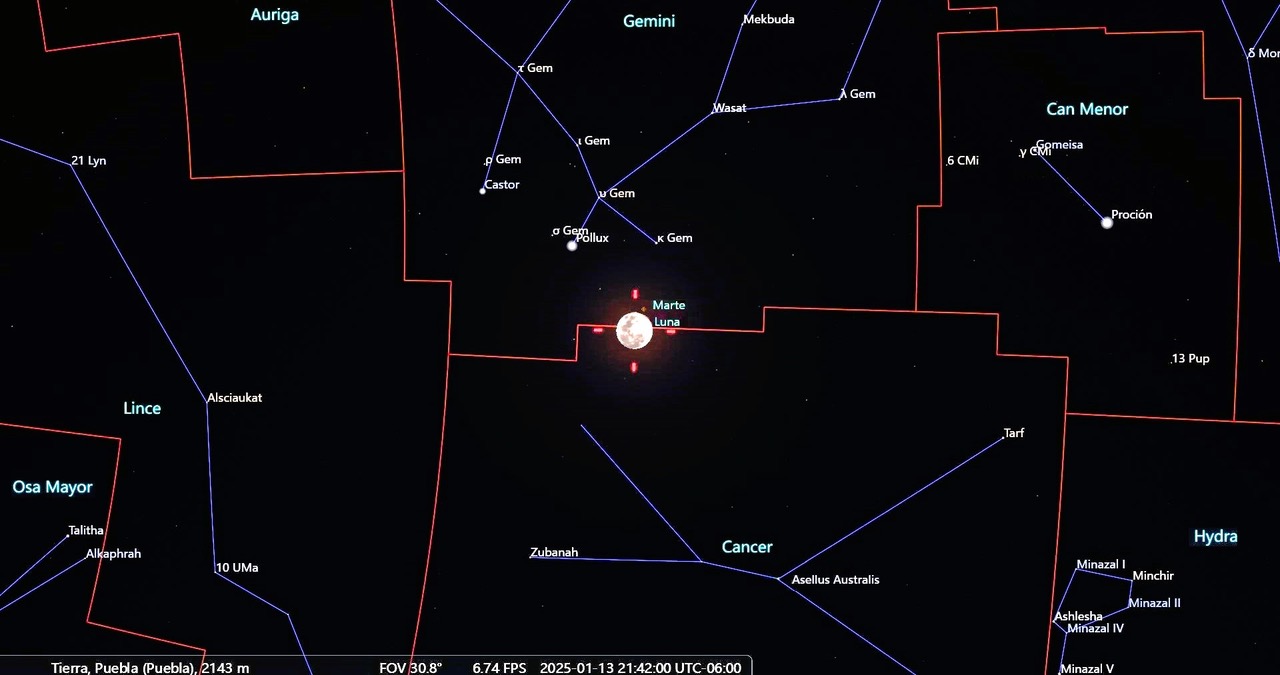
Two famous neighbors
It is believed that Aristotle, around 325 BC, was the first to observe the open cluster M41 (Little Beehive Cluster or NGC 2287), in the direction of the constellation Canis Major, about 4° from Sirius, the brightest star in the sky. However, the credit for its discovery is attributed to Giovanni Batista who observed it in 1654, later Guillaume Le Gentilen rediscovered it in 1749, and finally Charles Messier documented it by adding it to his catalog in 1765. This young open cluster of apparent magnitude 4.5 is estimated to be between 190 and 240 million years old, consists of about 100 stars, covering an apparent size of 38 arc minutes and is located about 2,300 light years from Earth.
On the other hand, in the constellation of Puppis (Poppa), neighbor of Canis Major, is located the open cluster M47 (NGC 2422), discovered by Giovanni Batista, who observed it in 1654, and cataloged by Charles Messier in 1771. This other young open cluster of apparent magnitude 4.2, is estimated to be 78 million years old, consists of about 50 stars, which cover an apparent area of 30 arc minutes and is located about 1,600 light years from Earth.
Both clusters (M41 and M47) can be located with the naked eye, but it is always better to use binoculars or a small telescope. If you want to have a more detailed image, you will have to use telescopes with an aperture greater than 20 centimeters or 8 inches.
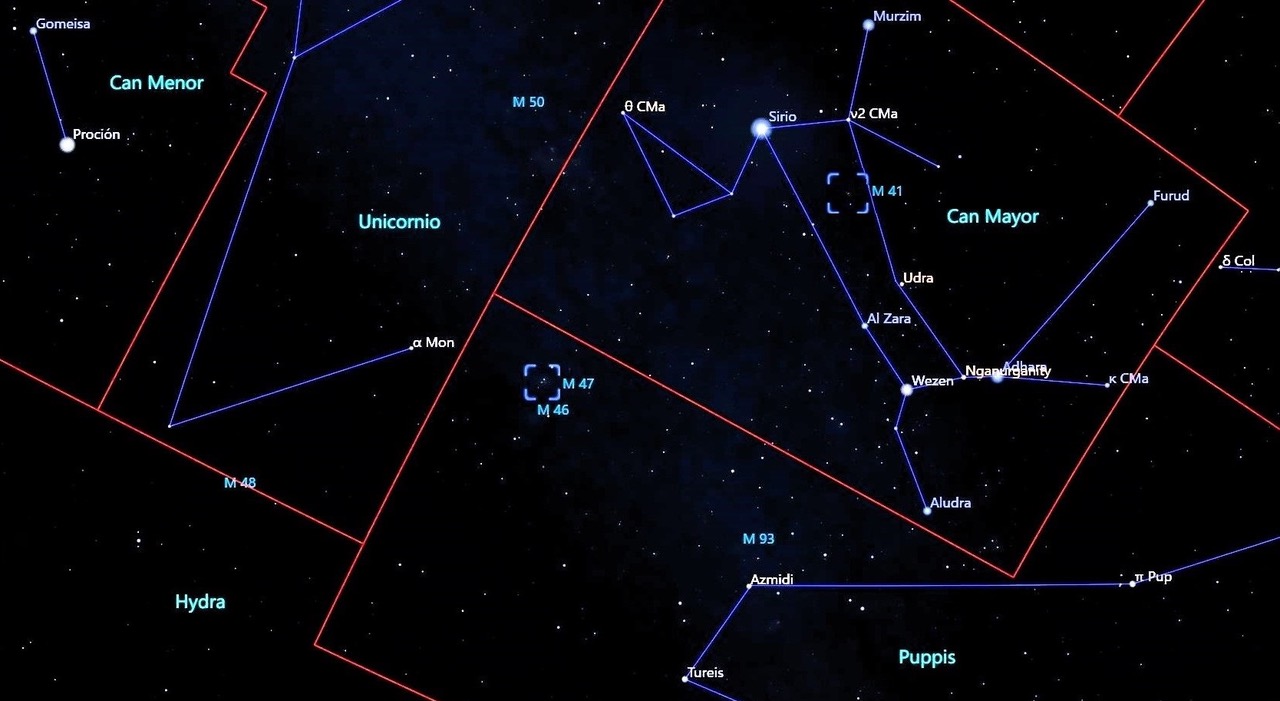
Moon Phases (Central Mexico Time).
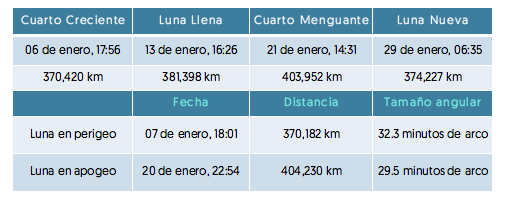
Contacts:
Dr. Agustín Márquez Limón (amarquez@inaoep.mx), Coordinación de Astrofísica-INAOE
M.C. Tania Martínez (astronomaplanetariokayok@gmail.com), Red de Planetarios del Estado de Quintana Roo
Dr. Raúl Mújica García (rmujica@inaoep.mx), Coordinación de Astrofísica-INAOE y Noche de las Estrellas
Luis Enrique Erro # 1, Tonantzintla, Puebla, México, Código Postal 72840, Tel: (222) 266.31.00, difusion@inaoep.mx
This work is licensed under a Creative Commons Attribution-NonCommercial-NoDerivs 2.5 Mexico License.


